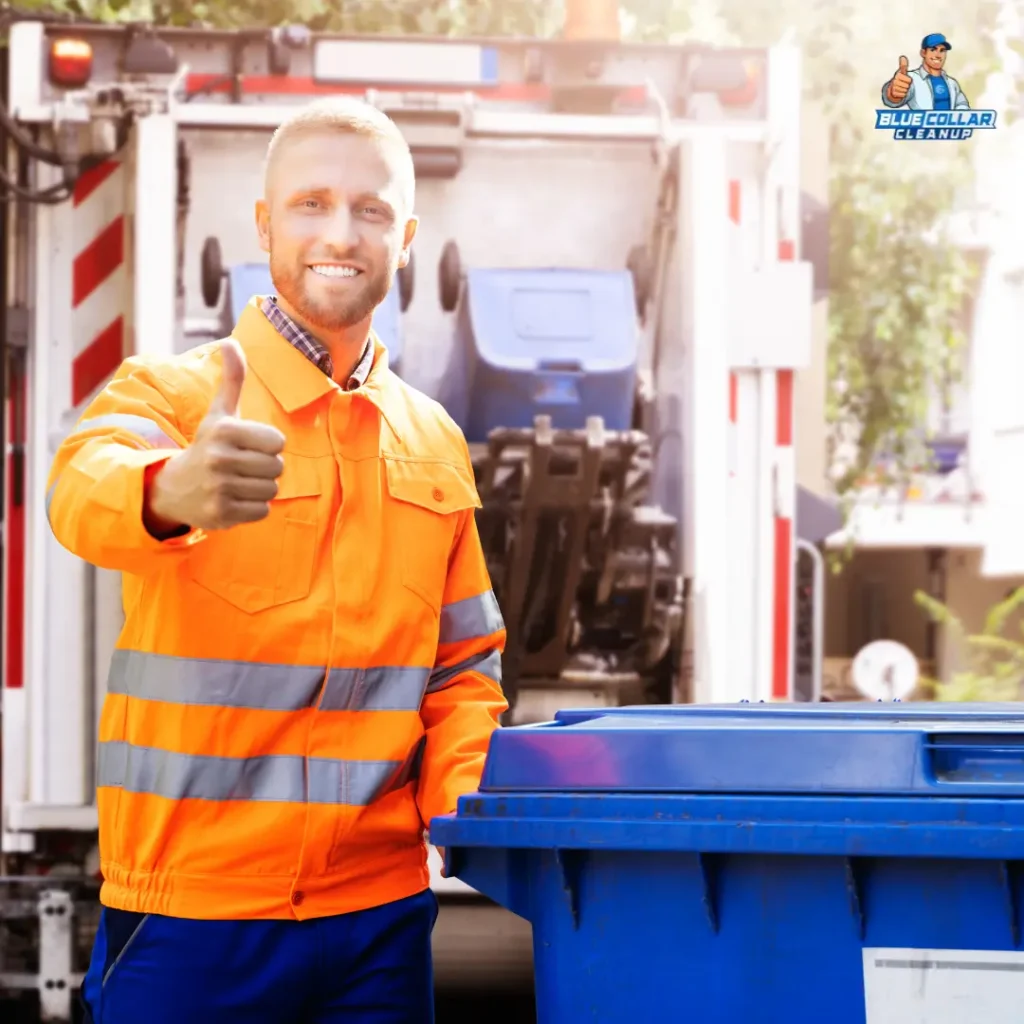Many people ask, “What does junk removal do with the junk?” Once a truck drives away, the journey of your unwanted items is only beginning. Professional junk removal is about much more than hauling things away. It is a process that focuses on reuse, recycling, and responsible disposal. Understanding what happens after pickup can give you confidence that your items are handled with care and in an eco-friendly way.
Step 1: Sorting the Junk
After pickup, the first step is sorting. This stage is crucial because it determines where each item will go next. Typically, items are divided into three categories:
- Reusable goods: Items that are still in good condition and can be donated.
- Recyclables: Materials like metals, electronics, and certain plastics.
- Non-recyclable waste: Items that must be disposed of properly at a licensed facility.
Sorting ensures that as little as possible ends up in a landfill and that everything is directed to its best possible use.

Step 2: Donating Usable Items
Usable items such as furniture, appliances, or household goods are often sent to local charities, thrift stores, or community programs. Donating keeps perfectly good items out of the trash and gives them a second life in another home. This step also benefits families in need and supports local organizations.
From experience, a significant portion of what is collected can be reused, which makes donation one of the most impactful parts of the process.
Step 3: Recycling Materials
Recycling plays a major role in reducing waste and conserving resources. Many items contain materials that can be recovered and reused:
- Metals are separated and sent to scrap metal recyclers.
- Electronics are taken to certified e-waste facilities where components are safely processed.
- Wood, drywall, and other construction debris can sometimes be repurposed or processed into new materials.
Recycling prevents these materials from sitting in landfills for decades and helps reduce the demand for raw resources.
Step 4: Safe and Legal Disposal
Not everything can be reused or recycled. Items that fall into this category are transported to licensed disposal facilities that meet strict environmental regulations. This ensures hazardous or non-recyclable materials are handled in a way that minimizes environmental harm. Responsible junk removal companies avoid illegal dumping and aim to limit landfill use.
Step 5: Special Handling for Certain Items
Some items require extra attention due to safety concerns or disposal regulations:
- Hazardous materials like paint, chemicals, and certain batteries must go to specialized facilities.
- Large appliances may need to be drained of refrigerants before recycling.
- Mattresses can often be recycled at dedicated processing centers.
These steps require knowledge of local laws and proper disposal methods.
Why This Process Matters
Understanding what junk removal does with the junk helps you choose a service that shares your values. The right company will not just take your clutter away. They will ensure it is handled in a way that benefits the environment and the community. This approach reduces landfill waste, supports charitable causes, and follows all legal requirements.
When you hire a junk removal service, you are not only paying for convenience. You are contributing to a system that promotes sustainability and responsible resource management.
In short: Junk removal companies sort, donate, recycle, and responsibly dispose of items. By doing so, they keep reusable goods in circulation, divert recyclables from landfills, and ensure waste is handled safely, making the entire process both eco-friendly and community-focused.
